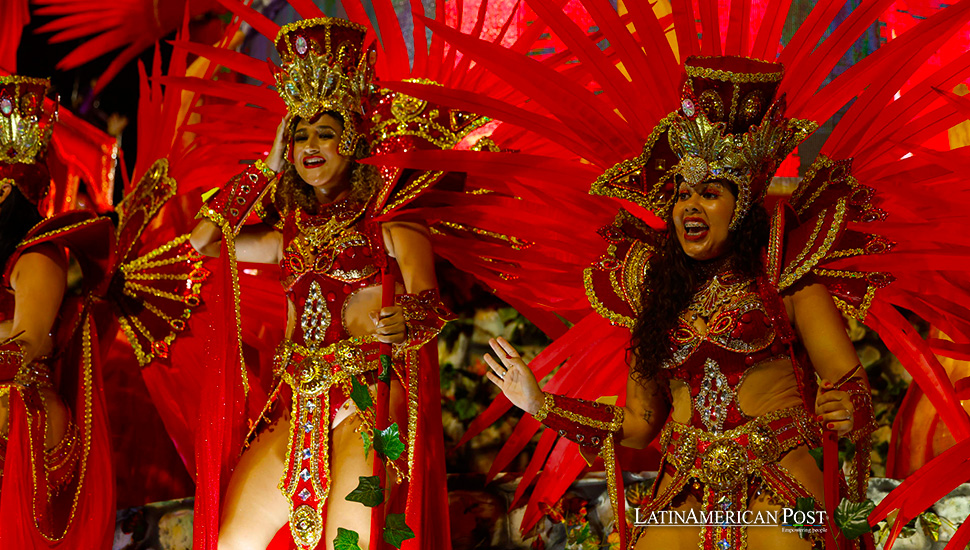Unveiling the Spectacle: Deciphering the Intricacies of Brazil’s Rio de Janeiro’s Carnival Parade

The Carnival of Rio de Janeiro stands as one of the world’s grandest festivities, with the parades of the ‘escolas de samba’ serving as its pinnacle for nearly a century. Delving into the heart of these celebrations unveils a labyrinth of rules governing the jubilant displays, akin to a football tournament deciding champions and relegations.
For close to a hundred years, the Carnival of Rio de Janeiro has captivated the world with its exuberant displays of music, dance, and culture. However, the crowning jewels of this annual extravaganza are the parades of the ‘Escola de samba,’ or samba schools, which have evolved into a mesmerizing spectacle since their inception.
Rooted in the vibrant neighborhoods of Rio’s impoverished communities, each ‘Escola de samba’ is a collective of artists, musicians, and dancers embodying the essence of Brazilian culture. The meticulous planning and preparation for these parades culminate in a dazzling showcase of creativity, passion, and craftsmanship.
Historical Context: Evolution of the Samba Parade
Initially, these parades took place along Avenida Presidente Vargas before the inauguration of the Sambadrome in 1984, a purpose-built arena that has since become the iconic stage for Rio’s Carnival. Over the years, the parades have grown in scale and spectacle, attracting thousands of spectators from around the globe.
Decoding the Rules: A Guide to Carnival Parade Judging
As the glittering floats and elaborately costumed performers grace the Sambadrome, a panel of 36 judges meticulously evaluates nine distinct categories to determine the Carnival champion. From the thematic coherence of the parade to the precision of choreography, each element plays a pivotal role in shaping the outcome.
Among the critical criteria assessed are the theme (‘enredo’) of the parade, the rhythmic prowess of the percussion ensemble (‘bateria’), and the seamless coordination of dancers and floats. Furthermore, judges scrutinize the harmony, evolution, and overall presentation of each ‘Escola de samba,’ awarding scores ranging from 9 to 10.
The Parade’s Artistic Elements: A Closer Look
From the majestic floats towering up to ten meters in height to the intricate costumes (‘fantasias’) adorning the performers, every parade aspect is meticulously crafted to captivate the audience. The ‘comissão de frente,’ or vanguard commission, sets the tone with a choreographed performance, while the ‘maestre-sala’ and ‘porta-bandeira’ lead the procession with elegance and grace.
Celebrating Tradition and Creativity: The Essence of Rio’s Carnival
At its core, Rio’s Carnival parade celebrates cultural heritage, artistic expression, and community spirit. Beyond the glitz and glamour, it serves as a platform for marginalized voices to be heard and traditions to be preserved. As the scores are tallied and winners announced, the legacy of Rio’s Carnival endures, embodying the resilience and vibrancy of Brazilian culture.
Also read: Carnival with Andean Flair as Bolivian Community Celebrates Cultural Pride in São Paulo
Conclusion: Honoring a Legacy, Inspiring Generations
As the curtains close on another spectacular Carnival parade, the legacy of Rio de Janeiro’s cultural extravaganza lives on. From its humble origins to its global prominence, the Carnival continues to transcend boundaries, uniting people from all walks of life in a shared celebration of joy, creativity, and diversity.




